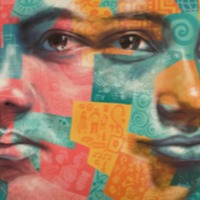
Kartika
There are an estimated 403,000 people living in modern slavery in the United States (GSI 2018). Sex trafficking exists throughout the country. Traffickers use violence, threats, lies, debt bondage and other forms of coercion to compel adults and children to engage in commercial sex acts against their will. The situations that sex trafficking victims face vary, many victims become romantically involved with someone who then forces them into prostitution. Others are lured with false promises of a job, and some are forced to sell sex by members of their own families. Victims of sex trafficking include both foreign nationals and US citizens, with women making up the majority of those trafficked for the purposes of commercial sexual exploitation. In 2015, the most reported venues/industries for sex trafficking included commercial-front brothels, hotel/motel-based trafficking, online advertisements with unknown locations, residential brothels, and street-based sex trafficking. Kartika* was twenty-four when she was flown from Indonesia to the United States by a recruitment agent. Upon arriving in New York, she was trafficked for commercial sexual exploitation. He passport and documents were taken, and she was told she had to pay off her travel costs
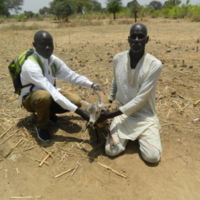
Kolong Guot Mayuol
There are an estimated 465,000 people living in modern slavery in Sudan (GSI 2018). Between 1983 and 2005, the central government of Sudan enslaved tens of thousands of black South Sudanese Christian and traditionalist people. It was part of a genocidal war against South Sudan, with a simple aim: to force South Sudan to become Arab and Muslim. Kolong Guot Mayuol was abducted in 1992, taken to northern Sudan and forced to work in a cattle camp.
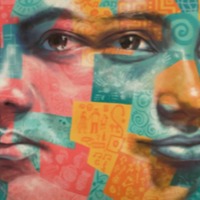
Mewael
There are an estimated 518,000 people living in modern slavery in Egypt, 465,000 in Sudan and an estimated 451,000 in Eritrea (GSI 2018). Since 2006 tens of thousands of Eritreans fleeing widespread human rights abuses and destitution have ended up in Egypt’s Sinai Peninsula. Until 2010, they passed through Sinai voluntarily and generally without any problems and crossed in to Israel. However, since then, Sudanese traffickers have kidnapped Eritreans in eastern Sudan and sold them to Egyptian traffickers in Sinai who have subjected at least hundreds to violence in order to extort large sums of money from their relatives. Mewael*, a 32-year-old Sudanese man trying to reach Israel travelled with smugglers to Sinai in April 2011, together with 70 other Sudanese men in a passenger bus. The group was kidnapped by Egyptian traffickers when they reached the Suez Canal.
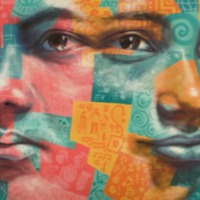
Anbessa
There are an estimated 518,000 people living in modern slavery in Egypt, 465,000 in Sudan and an estimated 451,000 in Eritrea (GSI 2018). Since 2006 tens of thousands of Eritreans fleeing widespread human rights abuses and destitution have ended up in Egypt’s Sinai Peninsula. Until 2010, they passed through Sinai voluntarily and generally without any problems and crossed in to Israel. However, since then, Sudanese traffickers have kidnapped Eritreans in eastern Sudan and sold them to Egyptian traffickers in Sinai who have subjected at least hundreds to violence in order to extort large sums of money from their relatives. Anbessa*, a 16-year-old Eritrean boy fled to Sudan in February 2012 but was kidnapped by six “Rashaida men” soon after crossing who transferred him in a group to Egypt.
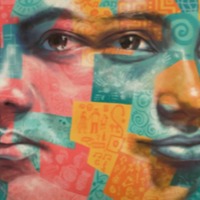
Jemal
There are an estimated 518,000 people living in modern slavery in Egypt, 465,000 in Sudan and an estimated 451,000 in Eritrea (GSI 2018). Since 2006 tens of thousands of Eritreans fleeing widespread human rights abuses and destitution have ended up in Egypt’s Sinai Peninsula. Until 2010, they passed through Sinai voluntarily and generally without any problems and crossed in to Israel. However, since then, Sudanese traffickers have kidnapped Eritreans in eastern Sudan and sold them to Egyptian traffickers in Sinai who have subjected at least hundreds to violence in order to extort large sums of money from their relatives. Jemal* fled Eritrea and crossed at night to Sudan near Hafira in September 2011. There he met a farmer who let him stay the night and said he knew people who could help him go to the Kassala refugee camps. He was then taken by five men with guns, tied, beaten and held for ransom for two months.
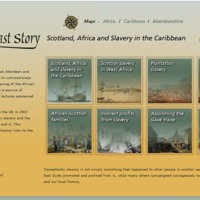
A North East Story: Scotland, Africa and Slavery in the Caribbean
This online exhibition and learning resource linking the history of transatlantic slavery to North East Scotland was organised by an Aberdeen and Aberdeenshire Bicentenary Committee, including representatives from Aberdeenshire Council, Aberdeen City Council, the University of Aberdeen, the Robert Gordon University and the African and African-Caribbean communities. It followed on from a service of commemoration and a series of public lectures sponsored by the Committee in 2007. The exhibition logo is inspired by the mythical Sankofa bird, a cultural symbol of the Akan-speaking peoples of Ghana in West Africa. Featured here are a number of resources available to download from the North East Story website.
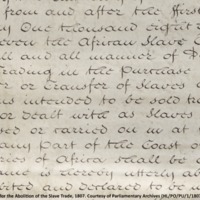
Inhuman Traffic: The Business of the Slave Trade
An exhibition at the British Museum exploring how the transatlantic slave trade functioned. The display examined the commodities involved - tobacco, guns, textiles, sugar, rum - and the ways in which Africa, Europe and the Americas were linked in a global trade network. The exhibition also looked at resistance leaders including Toussaint L'Ouverture, Olaudah Equiano and Nanny of the Maroons, and their struggles to end enslavement. The exhibition was accompanied by a varied public programme at the museum exploring the legacy of the slave trade as part of the Atlantic Trade and Identity season, featuring film screenings, panel discussions, seminars and lectures.
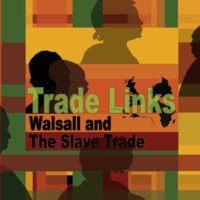
Trade Links: Walsall and the Slave Trade
An exhibition at Walsall Museum looked at Walsall's links with the slave trade, the background to the Abolition Act of 1807, and the legacies of slavery. Walsall's metal industry included chain making by local women of Cradley Heath, and the manufacture of guns used to trade for captive Africans. The exhibition was accompanied by a programme of presentations, lectures and workshops, including art sessions with local residents and the artist Pauline Bailey. Part of the wider project featured an online resource 'Abolition WYA' by Walsall Youth Arts, which encouraged young people to explore the topic of slavery and contribute poems, visual arts and music to express their views. Some of the images featured on the site are pictured here.
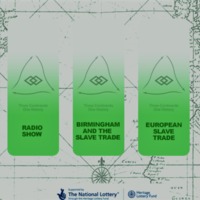
Three Continents, One History: Birmingham, the Trans-Atlantic Slave Trade and the Caribbean
'Three Continents, One History' was a community project led by the African-Caribbean Millennium Centre (ACMC) to explore the historical links between Birmingham, the transatlantic slave trade and the Caribbean. Research focused on themes such as the region's manufacturing history and its links to slavery, the role of local regiments in keeping order on Caribbean plantations, the African presence in the West Midlands, and the region’s role in the abolitionist movement. The project aimed to examine the contemporary relevance of 1807 and the slave trade to Birmingham’s diverse communities, to contribute to a reshaping of the National Curriculum, to establish a physical archive and an interactive website. The research was shared with the public via weekly broadcasts on New Style Radio (a community radio station housed in ACMC) and simulcasts with Caribbean and African radio stations. Other events included conferences, dramatisations and discussion workshops.
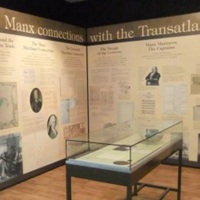
'A Necessary Evil'
An exhibition which explored the connections between the Isle of Man and the transatlantic slave trade between 1718 and 1807, as shown in assorted archives. Mounted in the Lower Folklife Gallery at the Manx Museum, the display revealed evidence of Manx captains, officers and crew recorded on slaving ships in the Port of Liverpool muster rolls or in probate records. Documentation shows Manx merchants dealing in ‘Guinea goods’ and investing in trading voyages; also Manx people part-owning or managing plantations in the Americas. The title quote was taken from the memoirs of Manxman Captain Hugh Crow, published posthumously in 1830. Crow wrote, ‘I have viewed the abstraction of slaves from Africa to our colonies as a necessary evil, under existing circumstances’. In July 1807 the last legal slave voyage for an English vessel began from Liverpool. Crow, aboard 'Kitty’s Amelia', took command en route to Bonny.